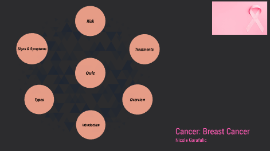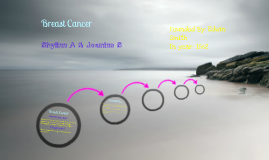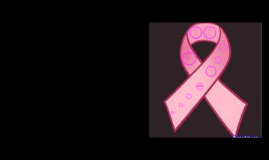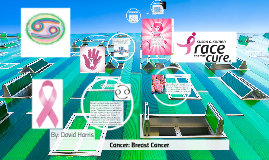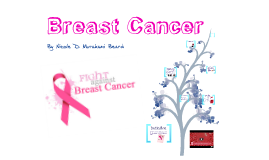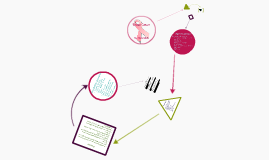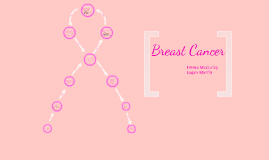Breast Cancer
Transcript: Works Cited "Breast cancer - MayoClinic.com." Mayo Clinic. N.p., 29 Nov. 2011. Web. 4 Dec. 2012. <http://www.mayoclinic.com/health/breast-cancer/DS00328>. "Breast cancer - PubMed Health." National Center for Biotechnology Information. N.p., n.d. Web. 4 Dec. 2012. <http://www.ncbi.nlm.nih.gov/pubmedhealth/PMH0001911/>. "Breast cancer - Risk Factors." University of Maryland Medical Center | Home. N.p., n.d. Web. 4 Dec. 2012. <http://www.umm.edu/patiented/articles/what_risk_factors_breast_cancer_000006_2.htm>. Radiation Therapy Prognosis Usually women, even though men have similar breast tissue. Over age 55 More common among white women, but African-Americans have more aggressive tumors. Causes/Risk Factors About 88% of women survive at least 10 more years. For some women the cancer might return after about 5 years. Prognosis is dependent on if the cancer spread or not. If it spread beyond the lymph nodes, the 5-year survival rate is at 27%. The higher the stage at diagnosis, the poorer the prognosis. Prognosis also depends on the size of the tumor. Women may suffer psychologically, may need psychotherapy. Signs/Symptoms Breast Cancer Some symptoms are: Lumps on breast or under the arm Breast pain Change in breast size/shape Peeling, scaling, or flaking Redness Swelling Cancerous Normal Surgery (lumpectomy, masectomy, quadrantectomy, sentinel node biopsy, axillary lymph node dissection) Radiation Therapy Chemotherapy Hormone Therapy Drugs (Herceptin, Tykerb, Avastin) Clinical Trial By: Reem Salah Tumor Breast cancer is a tumor that forms in the tissues of the breast. The tumor can grow and spread to distant areas of the body. Treatments What is it? Population Affected Scientists don't know the causes of breast cancer, they do know that there is abnormal cell growth, but they do know some risk factors. Some risk factors are: Alcohol use Radiation Certain DNA changes Gender/race/age Family history of breast cancer Being overweight Use of Diethylstilbestrol (DES, drug thought would lower miscarriages during 1940s and 1960s)






